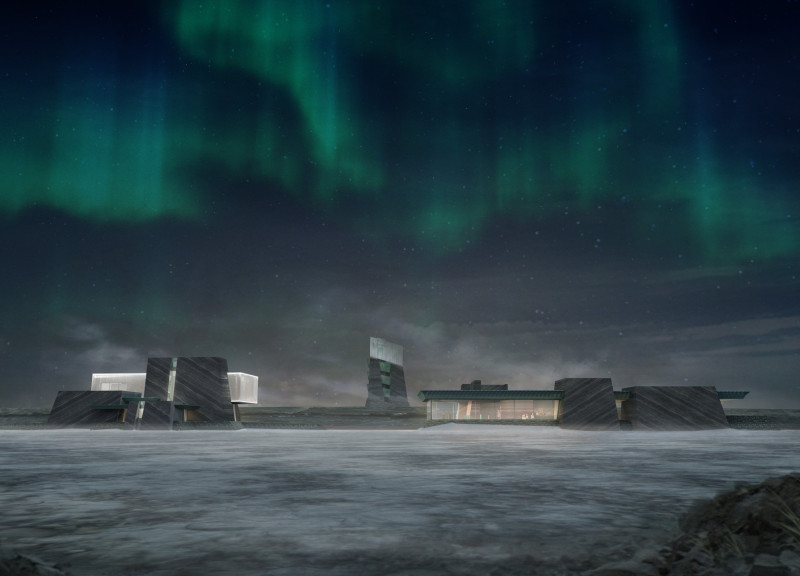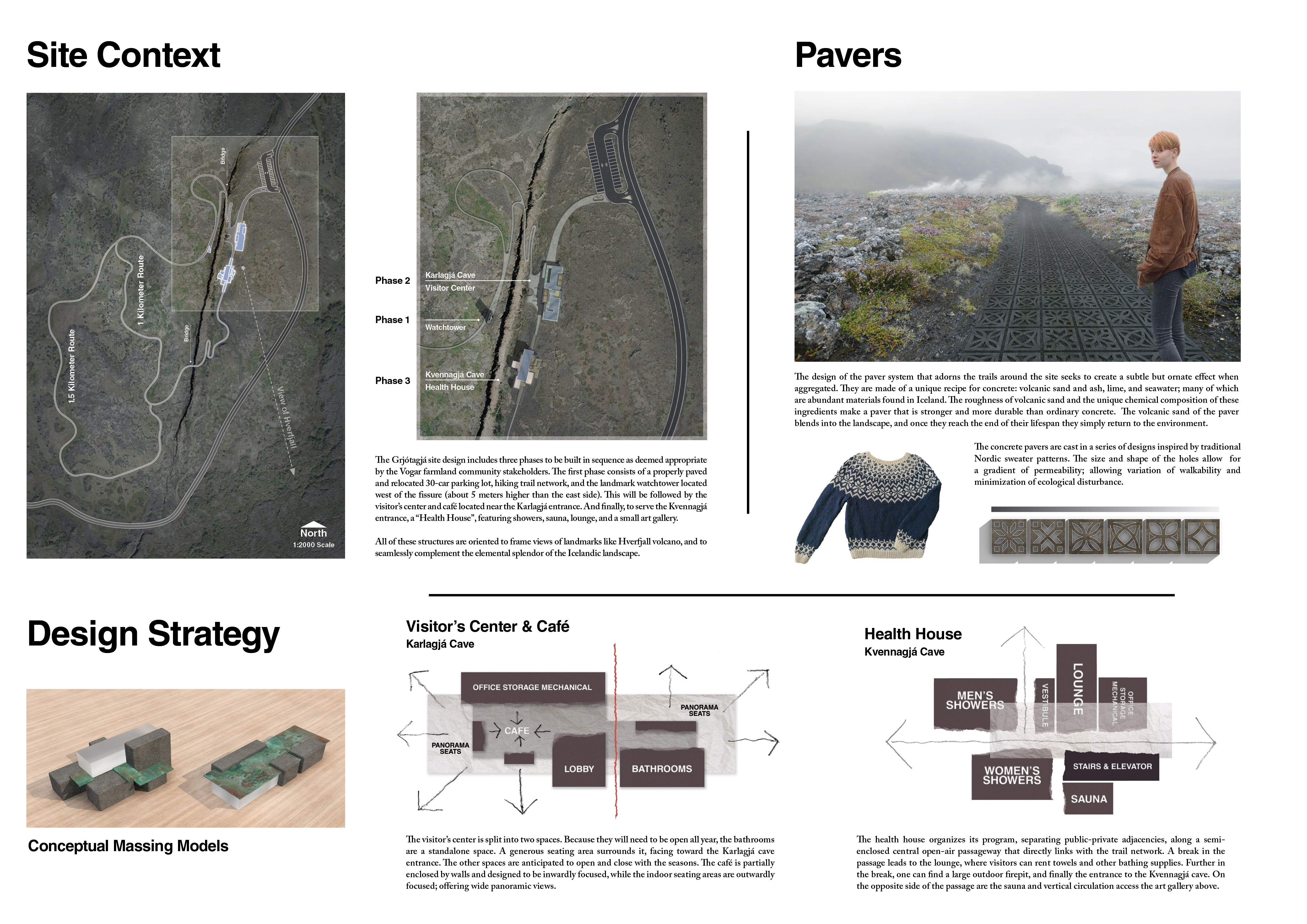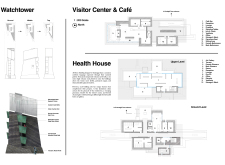5 key facts about this project
The project under analysis is an innovative architectural design that effectively addresses the needs of its users while enhancing its surrounding environment. The building occupies a strategic location that facilitates accessibility and community interaction. Its function, which serves [specific purpose, e.g., residential, commercial, or mixed-use], is designed to foster engagement and adaptability, catering to various activities and user demographics.
The architectural design integrates a series of thoughtfully organized spaces that not only encourage movement but also ensure privacy where necessary. Important parts of the project include [specific features such as courtyards, terraces, or communal areas], which are designed to promote social interaction and connectivity among users. The use of large windows and open layouts allows for ample natural light, creating a welcoming atmosphere throughout the interior spaces.
The material palette is carefully selected to complement the overall design ethos. The inclusion of sustainable materials such as concrete, glass, steel, and timber enhances both durability and aesthetic appeal, while also reflecting the local context and environment. These materials are not only functional but also contribute to the visual texture of the building.
Unique Design Approaches
A distinctive aspect of this project is its emphasis on sustainability and environmental consciousness. The design incorporates renewable energy technologies, such as solar panels and rainwater harvesting systems, which serve to minimize the building's ecological footprint. The roof design may include green spaces that contribute to biodiversity and provide outdoor areas for users.
The architectural form takes advantage of the site’s topography, enhancing views and ensuring that each space benefits from optimal sunlight exposure. This thoughtful response to the landscape is a key feature that sets the project apart from more conventional designs, promoting harmony between the built environment and nature.
Attention to detail is evident in the intricate intersection of structural elements, where exposed beams and columns create a rhythmic pattern that enhances the visual appeal of the space while maintaining structural integrity. The use of interior materials corresponds with external finishes, establishing a cohesive aesthetic that extends from the exterior to the interior.
Exploring the architectural plans reveals thoughtful spatial organization, with distinct zones that prioritize function and accessibility. Architectural sections highlight the building’s vertical circulation and relationship between different levels, further emphasizing its commitment to user-oriented design.
For those interested in a deeper understanding of the project, reviewing the architectural designs and investigating the innovative ideas behind the spatial configurations will provide valuable insights into its conception and execution. The project stands as a testament to contemporary architecture's potential in creating functional, sustainable, and aesthetically pleasing spaces within diverse environments.






















































